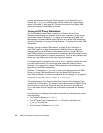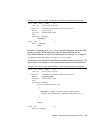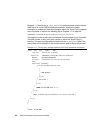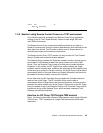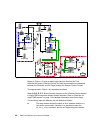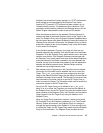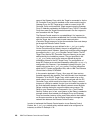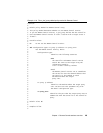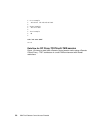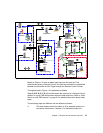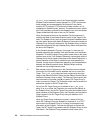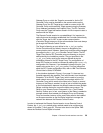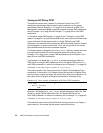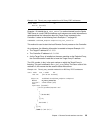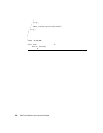
Chapter 1. Remote Control sessions overview 49
Example 1-18 The rc_def_proxy default policy method for Remote Control
#!/bin/sh
#
# Default policy method for Remote Control Proxy
#
# This policy method determines whether to use Remote Control Proxies.
# If you use Remote Control Proxies, rc_def_proxy defines how the controller
# uses the Remote Control Proxies to start a session with a target across a
# firewall.
#
# Possible values:
#
# NO Do not use the Remote Control Proxies.
#
# YES <configuration type> <rc proxy ip address> <rc proxy port>
# Use the Remote Control Proxies, where:
#
# <configuration type>
# Identifies the following scenarios:
#
# auto
# The controller and Remote Control Proxies
# search the route to the target using the
# information stored by
# Tivoli Firewall Security Toolbox.
#
# manual
# The Remote Control Proxies run as standalone.
# The controller uses the network address that
# you specify in this method to reach
# the machine where the target
# proxy runs.
#
# <rc proxy ip address>
# Identifies the machine where the target proxy
# runs. You must use this parameter only with
# the manual configuration type.
#
# <rc proxy port>
# Identifies the port that the target proxy uses to
# communicate with the controller or the controller
# proxy.
#
# Default value: NO
#
#
# Examples follow.
#




